Kunitsu-Gami feels like a long-lost Capcom PS2 game, and I mean that as a sincere compliment
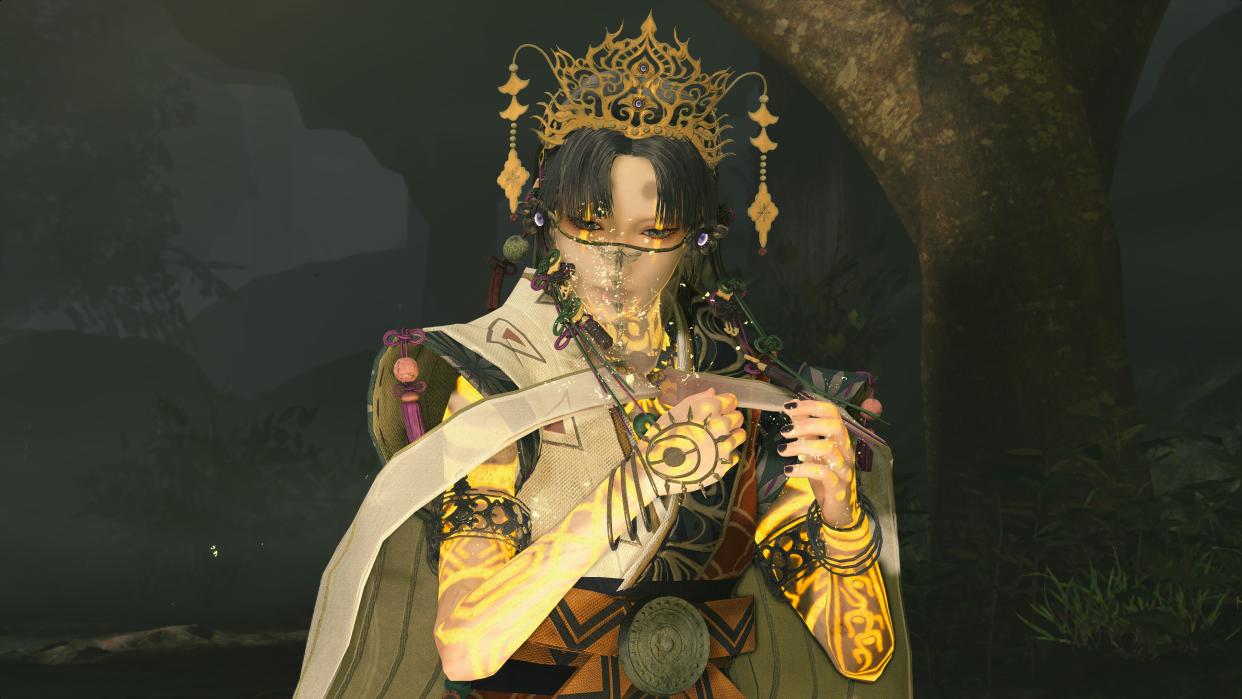
June is the month for the biggest videogame studios to flaunt their biggest videogames. What is an event like Summer Game Fest without CG trailers that look like they were rendered on servers that burn wads of $100 bills every second for fuel? Capcom is no exception: one of the highlights of PlayStation's State of Play stream was the bombastic Monster Hunter Wilds. But the Capcom game I actually got to play at Summer Game Fest is the opposite of bombastic: it's lean and slightly odd, and totally ignores the meta game design trends of 2024 as if it were a relic I played 20 years ago on a PlayStation 2. I'm genuinely thrilled Capcom is still developing games like Kunitsu-Gami: Path of the Goddess at a time when Square Enix says it's cutting back on just this sort of thing.
It takes the eyes a few seconds to focus on what Kunitsu-Gami actually is, past the lush painterly graphics that pull heavily from traditional Japanese art. What we have here is essentially tower defense, except the "core" you must defend is a woman ceremonially dancing her way across a corrupted landscape, purging it of its defilement with ceremonial twirls. And your towers are villagers you free from the spiritual malaise and give defensive roles to fill: an axeman who will valiantly go head-to-head with the yokai pouring out of corrupted Torii gates, or a shaman who freezes surrounding enemies every few seconds.
And, because this is a Capcom game, you also get to run around with a katana and slice yokai to pieces far more quickly than the villagers can do themselves.
Kunitsu-Gami establishes its loop very quickly: during the daytime I scurried around a compact stage with a few paths that branch off the central road, looking for corrupted growths to purge by slashing them or holding a button for a few seconds. These provide the magical currency (orbs!) I used to assign villagers roles, but I also needed to spend loads of orbs to clear the road for the maiden to be able to progress. Time passes, and after roughly eight minutes (when I didn't choose to fast forward) day would turn to night and monsters would begin pouring out of one end of the map, headed for the maiden.
Most of the strategy early on comes from simple choices: which choke points on the map do I place my villagers at? Should I go all-in on attackers, or use a shaman who freezes enemies so I can kill them more easily myself? Should I trust a villager to guard a side path, or patrol it myself while concentrating them on the main road? In the first few stages there's very little strategy here, and I could mostly set my villagers and leave them be while concentrating on killing yokai myself. The action here is far more stripped down than a Devil May Cry or Dragon's Dogma, but there are different sword combos with light and heavy attacks, and I'm hopeful that it layers in more weapons and attack strings over time.
That seems likely, because even in the 45 minutes I played Kunitsu-Gami it continually trickled in new ideas and revealed wrinkles to its straightforward strategic decisions. For example: it makes sense not to bring the maiden too close to the end of the stage during the day, because if the enemies pile up and start attacking her, it's game over. But she moves quite slowly (ceremonial dancing is a tough business) and if you leave her too far back, she won't have time to reach the exit during the next day phase, forcing you into another round of defense. This dynamic didn't matter much in the early stages, but I imagine it'll become far more significant later on.
In the third stage a blacksmith appeared, who could repair defensive barriers along the path. Later in the same stage I found a treasure that I couldn't reach until I set a bunch of villagers to work clearing debris. I quickly started accruing trinkets that buffed the villagers or my own attacks, and there's a slot for a special move that can also be changed out—the first one I got gave all my villagers a buff for a short time, but other moves could easily fit there and change up my strategy in more intense fights.
I'm not positive Capcom has fully nailed the interface: there's a bit of awkwardness in interacting with the villagers and giving them orders. There's a menu I can pull up at any time that allows me to highlight a villager and relocate them, but there's a separate menu I can pull up by pressing a button while I stand next to them. And only via that menu can I use a healing item to recover the damage they've taken from fighting off waves of yokai. This makes sense from a balance perspective, but having only some overlapping commands in both menus isn't very intuitive. It's not too hard to remember after a few minutes, but does make me wonder how well the strategy management systems will scale to more hectic, larger battles as the game goes on.
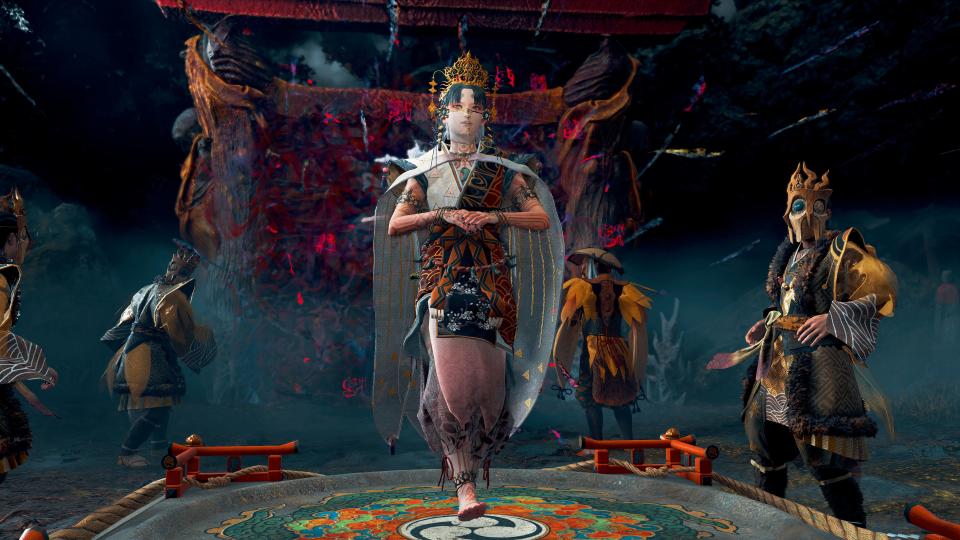


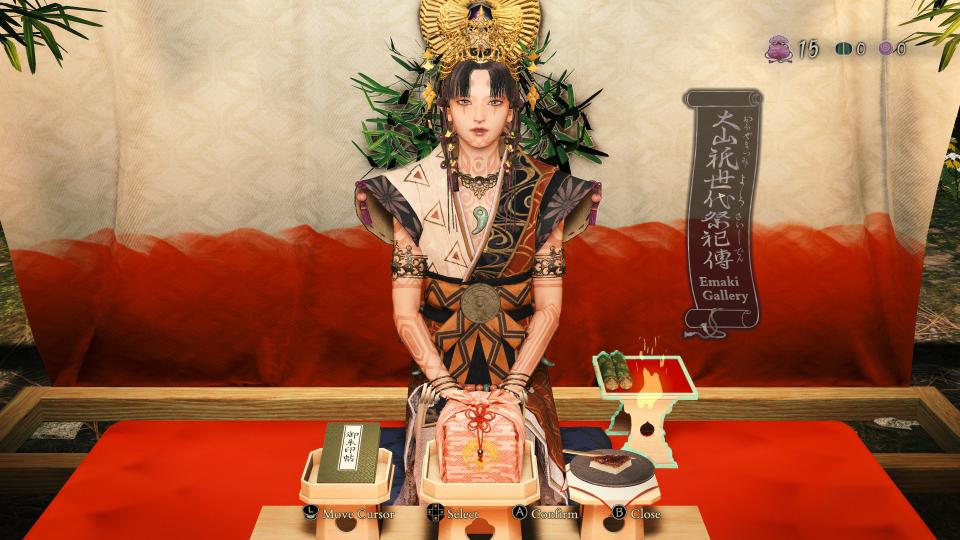
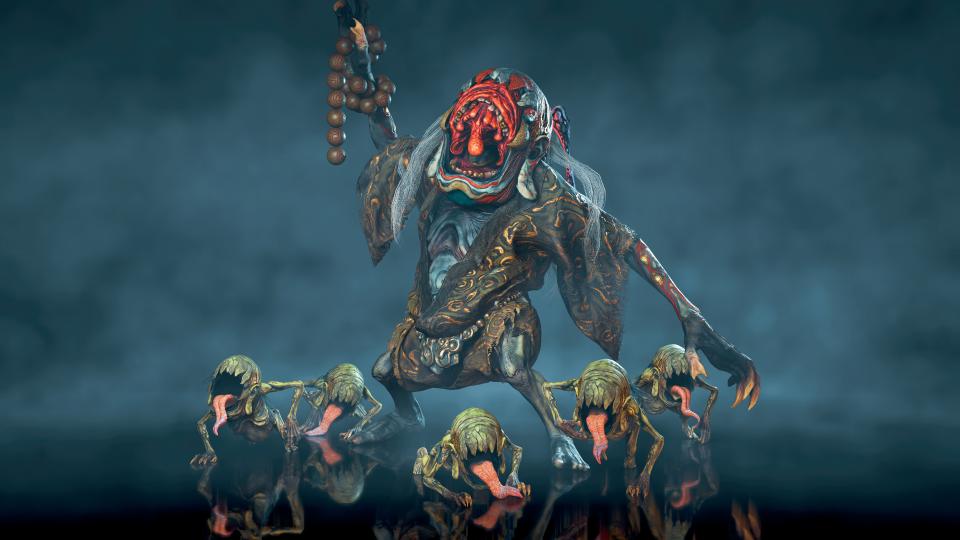
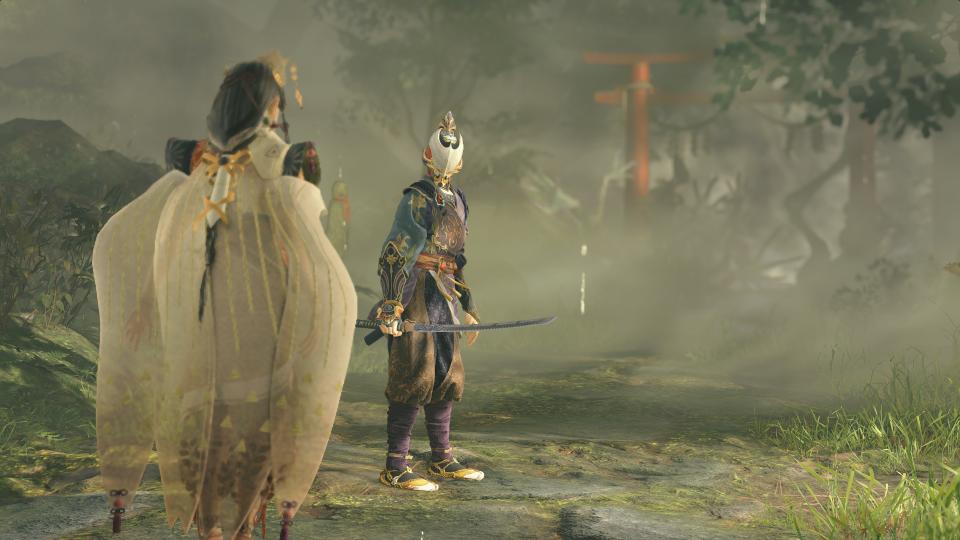
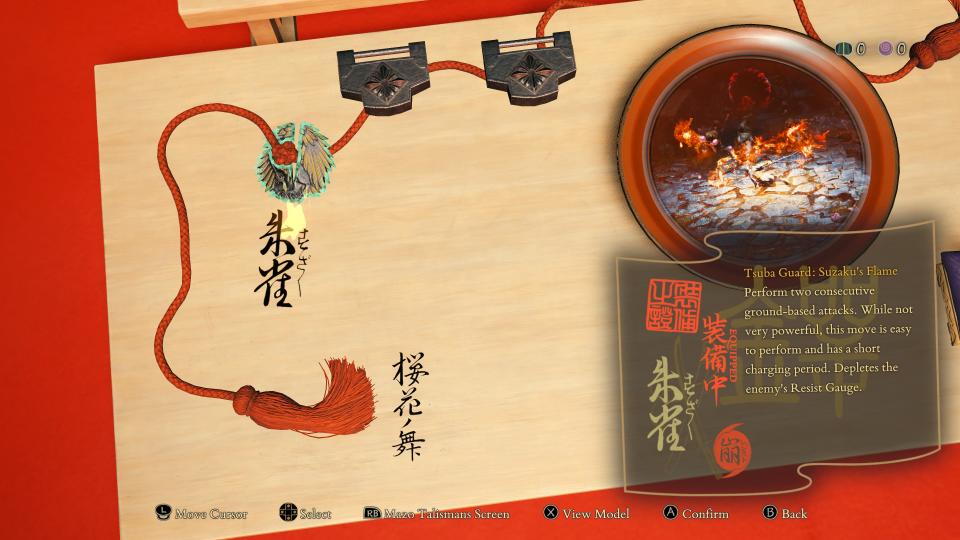
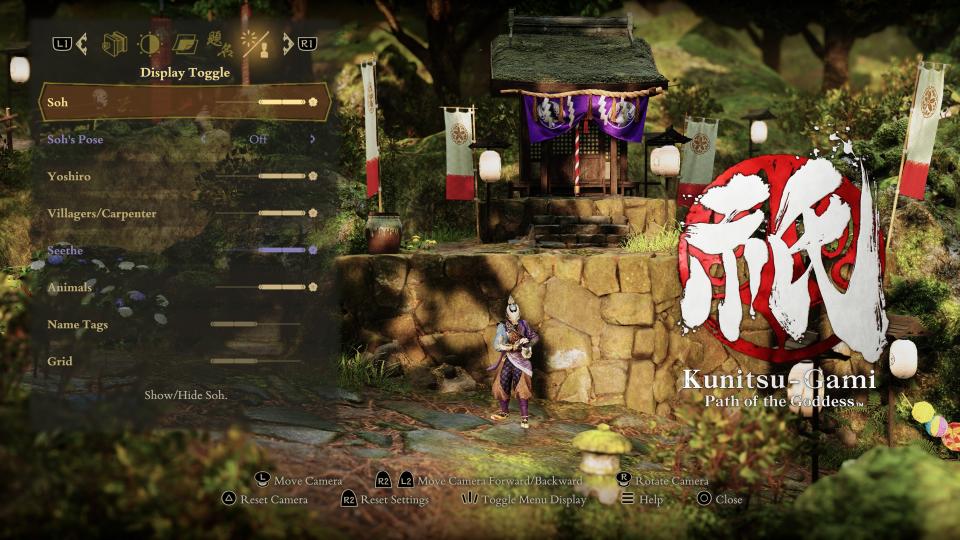
The slight awkwardness of giving orders and the unusual balance between management and action are what makes Kunitsu-Gami feel like an experimental early 2000s game, to me. It's not the cleanest, simplest mash-up of genres. You can feel how the theme was the top priority, and the game that formed around that theme wasn't sanded into an easier-to-sell form.
As with last year's Exoprimal, Capcom's still taking chances—but the big difference is that Exoprimal was built around a very 2023 battle pass-style progression system, while Kunitsu-Gami feels blessedly free of any 2024 game trends. It's prettier and more polished than anything we'd see on the PlayStation 2, certainly, but feels driven by inspiration and not a target audience, popular mechanic or live service ambitions.
Kunitsu-Gami's first few levels didn't outright wow me (though the art direction is really gorgeous); it's not the kind of strategy game with an immediately gripping hook, like, say, the chessboard tightness of Into the Breach. But it was just pleasant, asking me to think but not too hard, asking me to juggle but only with a couple balls instead of chainsaws. It seemed like it had many more strategic layers to reveal and room to grow in scope as it unfolds. I could see Kunitsu-Gami being one of 2024's real sleeper hits—or a game we all look back on with fondness 10 years from now, as triple-A games only continue to get bigger and more expensive, and appreciate even more in hindsight.

 Yahoo News
Yahoo News 
